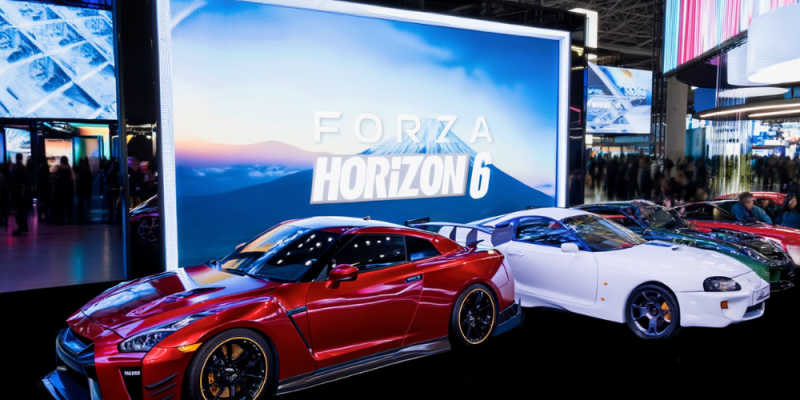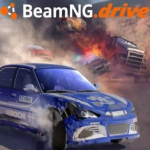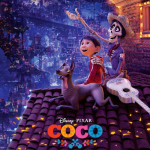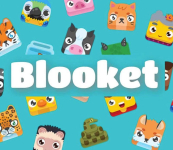Forza Horizon 6 and Tokyo Game Show 2025: Why Fans Expect a Reveal
2025-09-22

Speculation around Forza Horizon 6 has accelerated for a simple reason: patterns. Playground Games tends to announce Horizon entries about a cycle before release, and the franchise usually speaks when the calendar gives it a clean runway. With Horizon 5 arriving in 2021 and Motorsport relaunching in 2023, many fans now circle Tokyo Game Show 2025 as the moment when the festival lights switch on for the next open world. The timing aligns with platform strategy too. Microsoft has steadily increased its presence in Japan, and a showcase rooted in Japanese automotive culture would broadcast intent to both domestic players and a global audience that sees JDM cars as the soul of street and touge scenes. TGS also lands late enough in the year for a confident vertical slice while still leaving months for marketing beats, previews, and community spotlights. None of this is a guarantee; it is an evidence-based hunch. But if you map studio cadence, Xbox event rhythms, and where Horizon historically grabs attention, the Venn diagram starts to look persuasive. That is why the community’s guesswork feels less like wishful thinking and more like a grounded forecast.
Main Part
The cadence case is the strongest. Horizon 4 launched in 2018, Horizon 5 in 2021, each benefitting from a maturing tech stack and a robust live service runway. Playground extended Horizon 5’s life with expansions and series updates, then gradually shifted communication toward maintenance rather than constant novelty—a classic signal that the next major map is moving from concept to production marketing. In parallel, Motorsport’s ongoing platform work stabilizes core simulation tech, physics updates, and car pipeline tooling that Horizon can inherit. That staggered approach allows Xbox Game Studios to alternate flagship releases without crowding each other. TGS 2025 also fits the broader Xbox showcase calendar: summer events can be used to seed teasers or developer diaries, while a September reveal in Tokyo delivers cultural context and immediate hands-on opportunities for press and creators who specialize in drifting, time attack, and photo mode artistry. Put simply, a TGS debut would frame Horizon 6 not just as another sequel, but as a moment tailored to the car scene that inspires it, while giving Microsoft a headline presence at a show where Western publishers increasingly court Japanese fans.
Setting whispers add fuel to the timeline. The community’s long-standing dream is a map that celebrates Japan’s contrasts: dense neon grids, coastal expressways, terraced rice fields, alpine climbs, and misty forests where hairpins stack like switchbacks on a ribbon. Whether or not Horizon 6 actually picks Japan, TGS is the perfect stage to either confirm the fantasy or pivot to a thematically adjacent region while still spotlighting JDM culture. The design canvas is irresistible: late-night highway runs that emphasize drafting and traffic awareness, sunrise mountain passes that reward throttle finesse, seasonal events tied to cherry blossoms, typhoon downpours, and powder days in northern ranges. Manufacturer relationships would be center stage too—Toyota, Nissan, Honda, Mazda, Subaru, Mitsubishi—joined by tuner legends and heritage race teams. Even small details matter: signage typography, roadside vending machines, shrines off quiet lanes, and convincing road furniture elevate photo mode and make exploration feel authentic. If Playground leans into community staples like drift zones with dynamic scoring, curated touge leaderboards, and safer convoy tools for public cruises, the map could become a living postcard for car culture rather than a mere backdrop.
So what would a TGS 2025 reveal actually look like? Expect a short, high-clarity teaser that establishes locale, road texture, and festival energy before any deep dives. An in-engine flyover could linger on wet asphalt reflections, tight shoulder markings, and the way headlights slice through humidity—subtle cues that shout visual fidelity more than raw pixel boasts. Platform notes would likely confirm Xbox Series X|S and PC with cross-play, 60fps performance targets, and ray-traced elements in garages and photo mode. Systems-wise, watch for EventLab 2.0 with better terrain sculpting, modular props, and shareable rule packs; upgraded AI traffic behavior for convincing cruises; and stronger anti-griefing tools for open lobbies. Online structure will probably retain seasonal playlists but refine challenge density and reward pacing to respect players who drop in weekly, not daily. Car lists usually begin with a handful of hero vehicles that telegraph the map’s personality—perhaps a balanced mix of classic touge coupes, modern hot hatches, and GT monsters—followed by a promise of steady post-launch drops that favor manufacturers currently active in esports and grassroots scenes alike.
Conclusion
Temper excitement with smart expectations. TGS 2025 is a credible reveal window for Horizon 6 because cadence, platform goals, and cultural fit line up, but announcements can shift if licensing, localization, or live ops timelines need more runway. If you plan to watch, look for the quiet confirmations: signage language on buildings, license plate styles, vegetation and powerline layouts, and how the audio mix treats city reverb versus mountain silence. Those environmental tells say more about the map than any tagline. After the reveal, the practical questions follow: which editions include early access, how car pass cadence is structured, whether photo mode gains layered presets and LUT exports, and how convoy netcode improves stability. In the meantime, finishing your Horizon 5 bucket list and dialing in your wheel or controller settings is time well spent; muscle memory for throttle modulation, trail braking, and camera switching carries over no matter the location. Whether Playground pulls the curtain in Tokyo or at a summer showcase, the road ahead looks promising. The series has the tech, the partners, and the community appetite to deliver a map that feels fresh and deeply driveable from day one.




